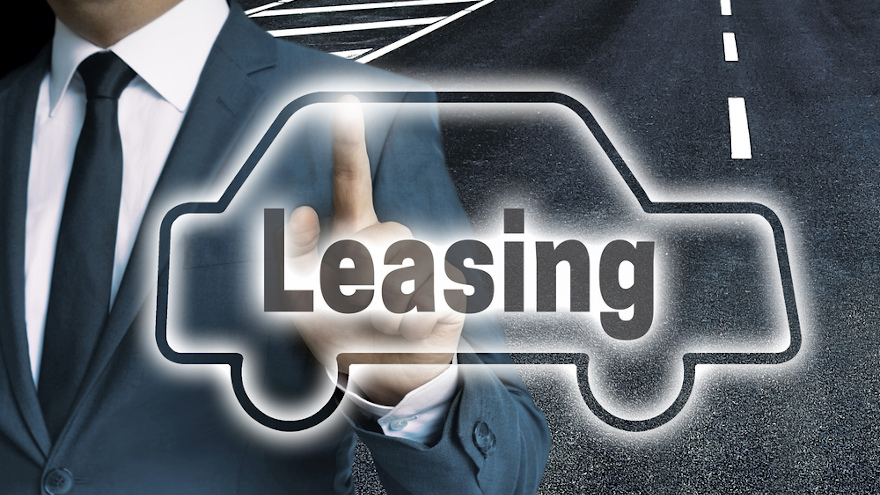Crossover leasing might be at tipping point

The Q2 Lease Trends Report from Swapalease.com showed that the appeal of crossovers might be at a tipping point.
A year ago, Swapalease.com indicated roughly 7.4% of drivers polled said they would shop for a crossover if they needed to go out and lease a vehicle that day. A year later, the site discovered that number dipped slightly to 7.1%.
With all the explosive growth in crossover production by automakers, site analysts asked, “Is it not a vehicle that appeals to the lease crowd?”
Historically, Swapalease.com indicated a change in family size has been among the leading reasons why people have wanted to transfer out of their current vehicle lease.
A year ago, 11.5% of people said this factor applied to them, and this number has dropped further to 8.8%, according to the site’s Q2 report.
Conversely, 29.4% of people said they want to change their current vehicle type, and 23% indicated a desire to change their vehicle brand.
So, has crossover appeal plateaued to potential lease customers?
“Our latest lease trends show that crossover saturation may be setting into vehicle leasing, as the number of people who say they want to lease a crossover appears to be falling slightly from a year earlier,” Swapalease.com executive vice president Scot Hall said.
“Perhaps price and incentives play a role here, but it’s also possible that people are desiring other model types when leasing a vehicle today,” Hall continued.
Whether an individual is leasing a crossover, a sedan or a pickup, Swapalease.com also noted those people are paying more each month.
A year ago, Swapalease.com reported the average lease payment was listed at $474.80. As of Q2, this number is $506.13, an increase of 6.8%.
What’s more, the site mentioned that a year ago nearly one in five people said they would look for a payment between $200 and $299. A year later, this percentage has slipped to just 12%.
Furthermore, individuals considering the payment category between $500 and $599 generated the largest year-over-year jump in the report, climbing from 10.7% to 19.2%.

 View The Latest Edition
View The Latest Edition

